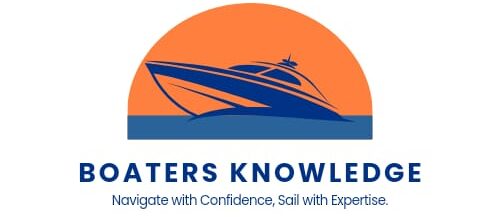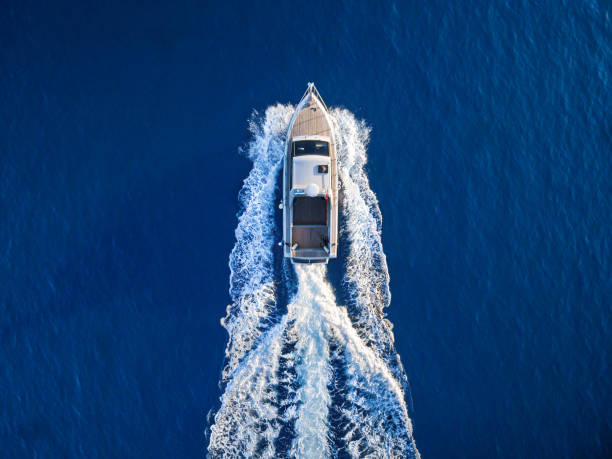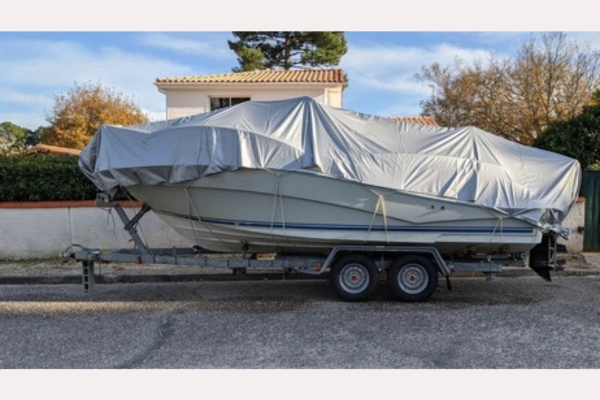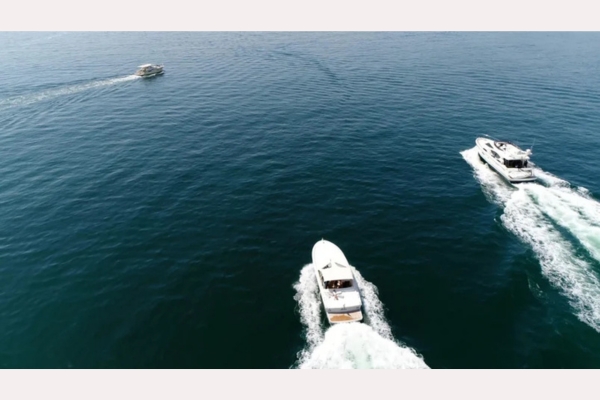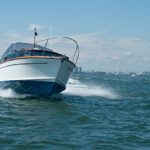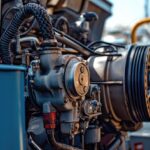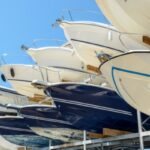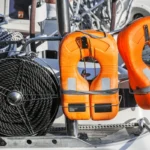Stepping into the world of boating can be both exciting and overwhelming, especially when you encounter a whole new vocabulary. Understanding boating terminology is not just about sounding knowledgeable; it’s essential for safety, communication, and enhancing your overall experience on the water. This beginner’s glossary will guide you through the most important terms and concepts every boater should know.
Why Learning Boating Terminology Matters
Boating comes with its own language, designed to ensure clear communication and operational efficiency. Knowing the terms allows you to follow instructions, understand charts, and communicate effectively with other boaters and marinas. It also ensures you can respond quickly in emergencies. For example, knowing the difference between “port” and “starboard” can make a world of difference when navigating tight spots or following instructions from a crew member.
Additionally, mastering boating terminology builds your confidence and credibility. When you’re familiar with the jargon, you’ll feel more at ease while interacting with experienced boaters or taking a boating safety course. Let’s dive into some key terms that will set you up for success on the water.
Checklist for Learning Boating Terminology:
- Familiarize yourself with directional terms like port and starboard.
- Learn safety-related terms like mayday and man overboard.
- Understand boat-specific parts like hull, keel, and transom.
- Practice using these terms in real-life scenarios.
Basic Directional Terms
Directional terminology is fundamental for navigating and communicating on the water. The terms “port” and “starboard” refer to the left and right sides of the boat, respectively, when facing forward. These terms remain consistent regardless of your orientation on the boat, which helps eliminate confusion.
Similarly, “bow” and “stern” indicate the front and back of the vessel. Knowing these terms ensures clear communication, whether you’re docking, anchoring, or following a captain’s instructions. For example, you might hear, “Secure the fenders on the starboard side,” or, “Move to the bow for docking.”
Checklist for Directional Terms:
- Port: Left side of the boat (when facing forward).
- Starboard: Right side of the boat (when facing forward).
- Bow: Front of the boat.
- Stern: Back of the boat.
Parts of the Boat
Understanding the different parts of a boat is essential for operating and maintaining it properly. The hull is the body of the boat, while the keel is the structure running along the bottom center, providing stability. The transom is the flat surface at the back of the boat where the engine is typically mounted. Other critical parts include the helm, where you steer the boat, and the deck, which is the flat surface you walk on.
Familiarity with these terms helps you communicate effectively during maintenance, inspections, or emergencies. For instance, if someone says, “There’s a problem with the transom,” you’ll know they’re referring to the rear structure of the boat.
Checklist for Boat Parts:
- Hull: The main body of the boat.
- Keel: The central structure running along the bottom.
- Transom: The flat surface at the back.
- Helm: The steering station.
- Deck: The flat surface for walking.
Navigation and Communication Terms
Navigating the waterways requires a basic understanding of navigation and communication terms. “Bearing” refers to the direction from one point to another, usually expressed in degrees. “Heading” is the direction your boat is currently pointing. “Buoy” and “beacon” are markers that guide boaters through safe channels and indicate hazards.
For communication, terms like “mayday” (a distress call) and “securité” (a safety announcement) are crucial. Proper use of these terms ensures you’re understood during critical situations, whether you’re requesting assistance or alerting others to potential dangers.
Checklist for Navigation and Communication:
- Bearing: Direction from one point to another.
- Heading: The direction the boat is pointing.
- Buoy: Floating marker for navigation or hazards.
- Mayday: Emergency distress call.
- Securité: Safety or navigation announcement.
Safety Terminology
Safety is paramount in boating, and understanding safety-related terms is non-negotiable. “Man overboard” is a critical term indicating someone has fallen into the water, prompting immediate rescue actions. “Bilge” refers to the lowest part of the boat where water can collect; keeping it dry is vital for safety.
Knowing these terms helps you act quickly and effectively during emergencies. For example, if someone shouts “man overboard,” you’ll know to stop the boat and deploy rescue equipment immediately.
Checklist for Safety Terms:
- Man overboard: Someone has fallen into the water.
- Bilge: The lowest part of the boat where water collects.
- Flare: A signaling device for emergencies.
- PFD: Personal flotation device (life jacket).
- SOS: Universal distress signal.
Conclusion
Learning boating terminology is an essential step for any beginner. It improves safety, enhances communication, and boosts your confidence on the water. By familiarizing yourself with these terms and practicing their use, you’ll navigate your boating adventures with greater ease and enjoyment.
Discover Your Dream Boat with Fly Yachts
Looking for the perfect vessel to start your boating journey? Fly Yachts is your trusted broker in Florida, offering a wide selection of boats and yachts tailored to every enthusiast’s needs. With exceptional service and expert guidance, Fly Yachts ensures your boating dreams become a reality.
Visit us: www.flyyachts.com
Contact us: 954-633-4878
Location: 130 SE 29th Street, Fort Lauderdale, Florida 33301
Set sail with confidence—Fly Yachts has you covered!
